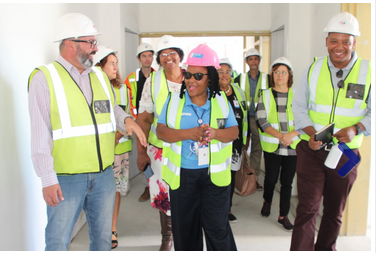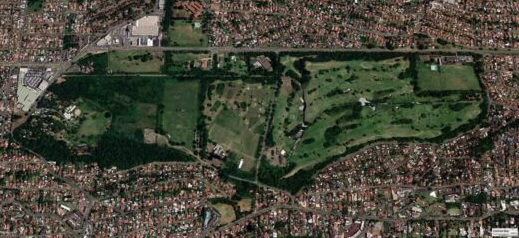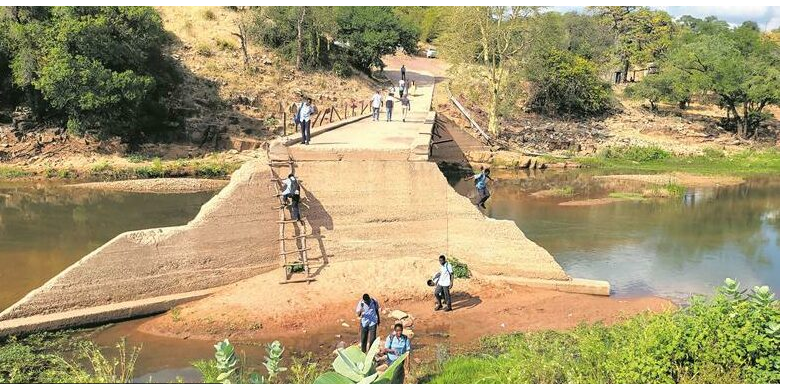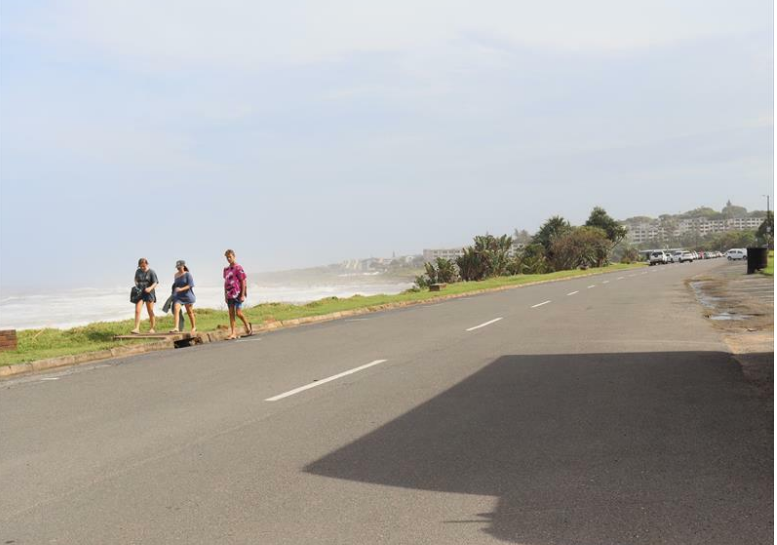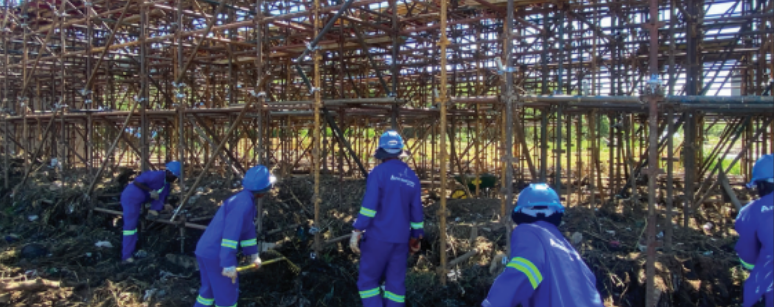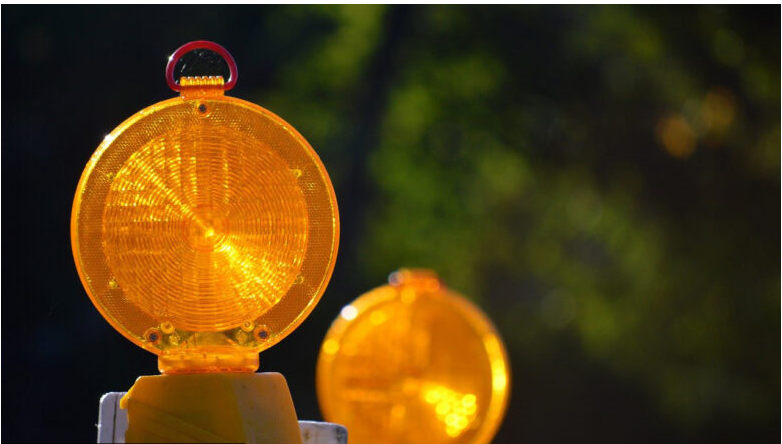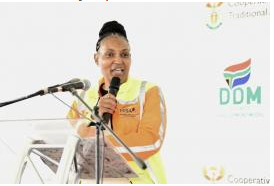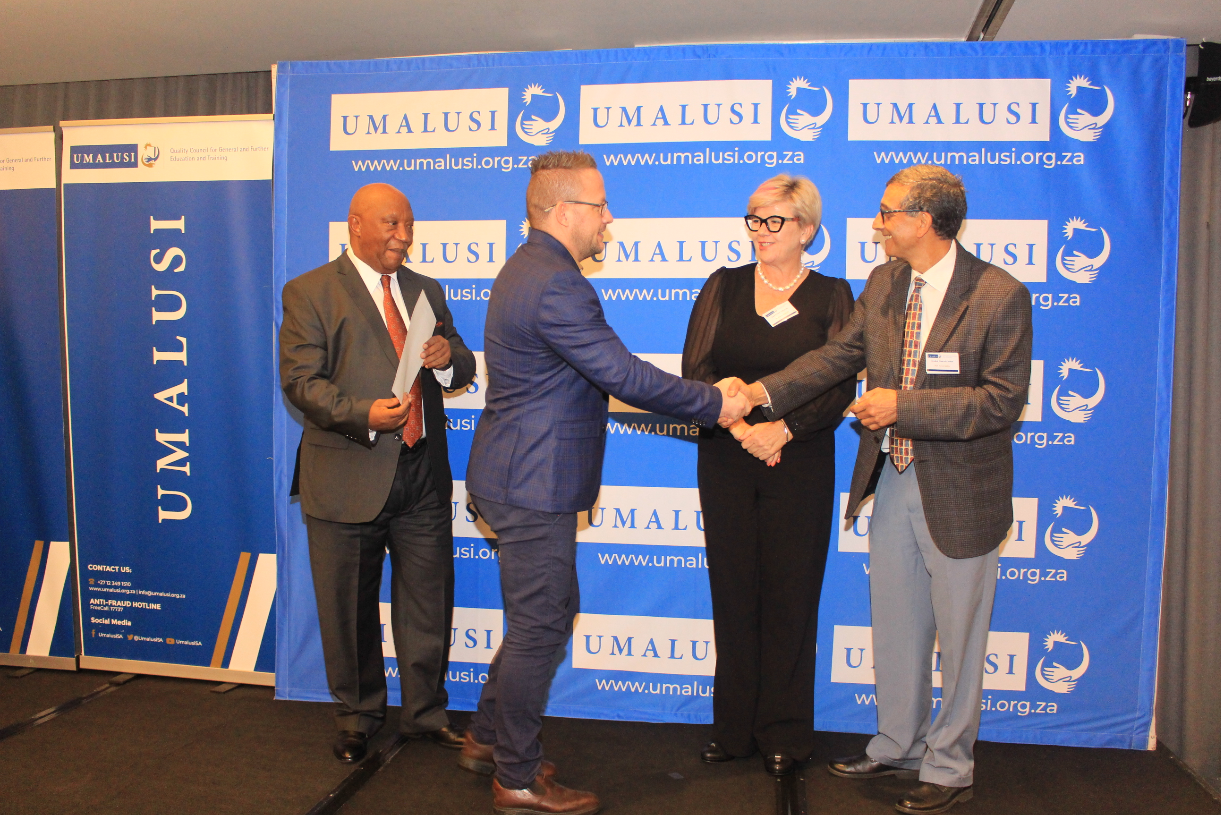Water scarcity and smart technology solutions
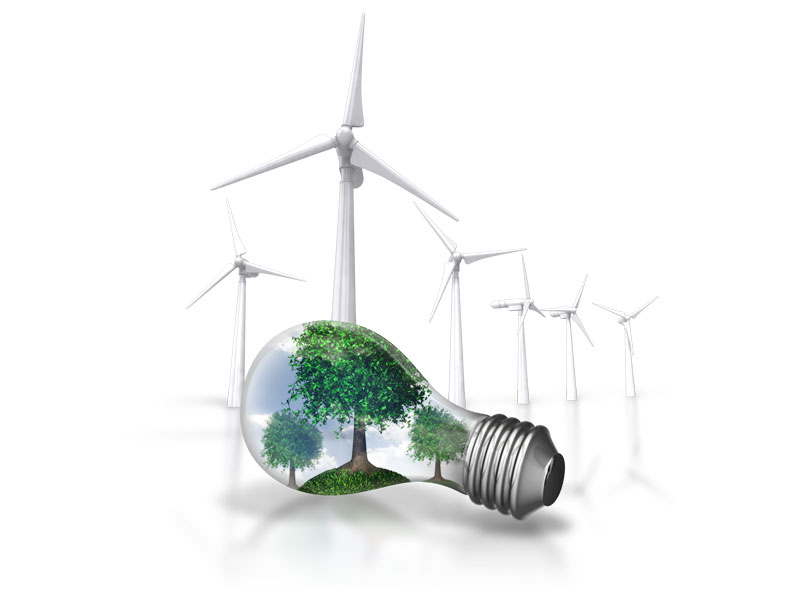
21-04-2017
Read : 100 times
Bizcommunity.com
Source
There is a sense of relief following the recent downpour in Cape Town and many hope it marks the beginning of the much needed wet winter the city is known for. Following heavy rains in the rest of the country, Cape Town is patiently awaiting its turn. The question is not only whether these anticipated rains will come, but whether it will be enough to relieve the current water crisis the city is facing? According to the World Resources Institute (WRI), South Africa is predicted to continue experiencing high levels of water stress.
There are many theories behind the increasing water scarcity that South Africa has recently experienced. The general consensus points blame toward the El Nino climate phenomenon. South Africa is not new to the drying effects of El Nino, but this has been the worst in almost 50 years. The effects are not specific to South Africa and have been felt by neighbouring countries as well. The South African Weather Service (SAWS) has stated that this is not the worst we’ll see of El Nino.
Environmental factors aside
Perhaps El Nino is the cause but, environmental factors aside, if we have a population that is not mindful of the way it uses water then we are bound to run into this problem again. The City of Cape Town has enforced escalating water restrictions in order to mitigate the decreasing dam levels. There have been numerous ideas put forth on how the city can generate more water to keep up with demand. Building desalination plants is an obvious solution, but this is a costly and energy-intensive route. There is room to learn from countries that have used untapped resources to generate potable water. The key for these countries: diversity. Singapore generates potable water from desalination plants, recycling waste water and rainwater. Namibia generates an impressive 26% of its potable water from waste water. The UAE has a desalination plant that not only produces potable water, but has the technology to generate power at the same time. Developing solutions like these, however, will take time and as dam levels continue to decrease, time becomes a scarce resource.
Smart technologies
We need to start making use of smart technologies that will help us better manage the water that we do have, and not only focus on generating the water that we don’t have. There are various technologies that fit under the broad umbrella of the internet of things (IoT). These technologies can help with predictive maintenance, bringing attention to a problem before it has the time to manifest and potentially escalate. Old infrastructure is a common culprit for unnecessary water loss as leaks in pipes are difficult to identify until they escalate in severity. There are a number of solutions such as sensors that can measure water pressure, temperature and leaks in pipes. Through big data analytics, cities can use the data to monitor their infrastructure, identify and repair leaks before they develop into larger leaks.
Of course, a longer term solution would be for companies and cities to start incorporating smart technologies into water management in order to promote the conservation of water, not only during times of crisis, but also during more comfortable times.
Recent News
Here are recent news articles from the Building and Construction Industry.
Have you signed up for your free copy yet?
